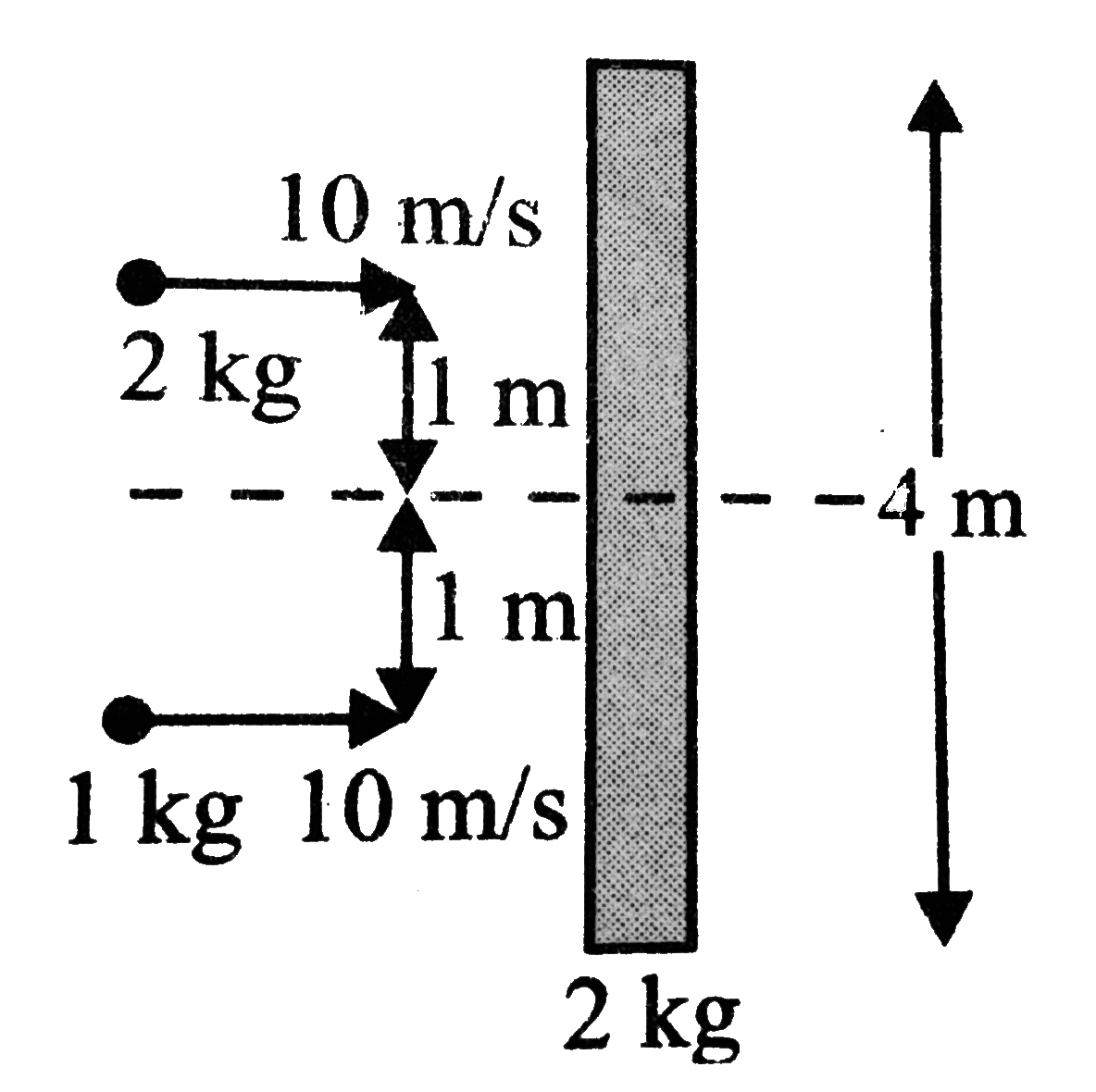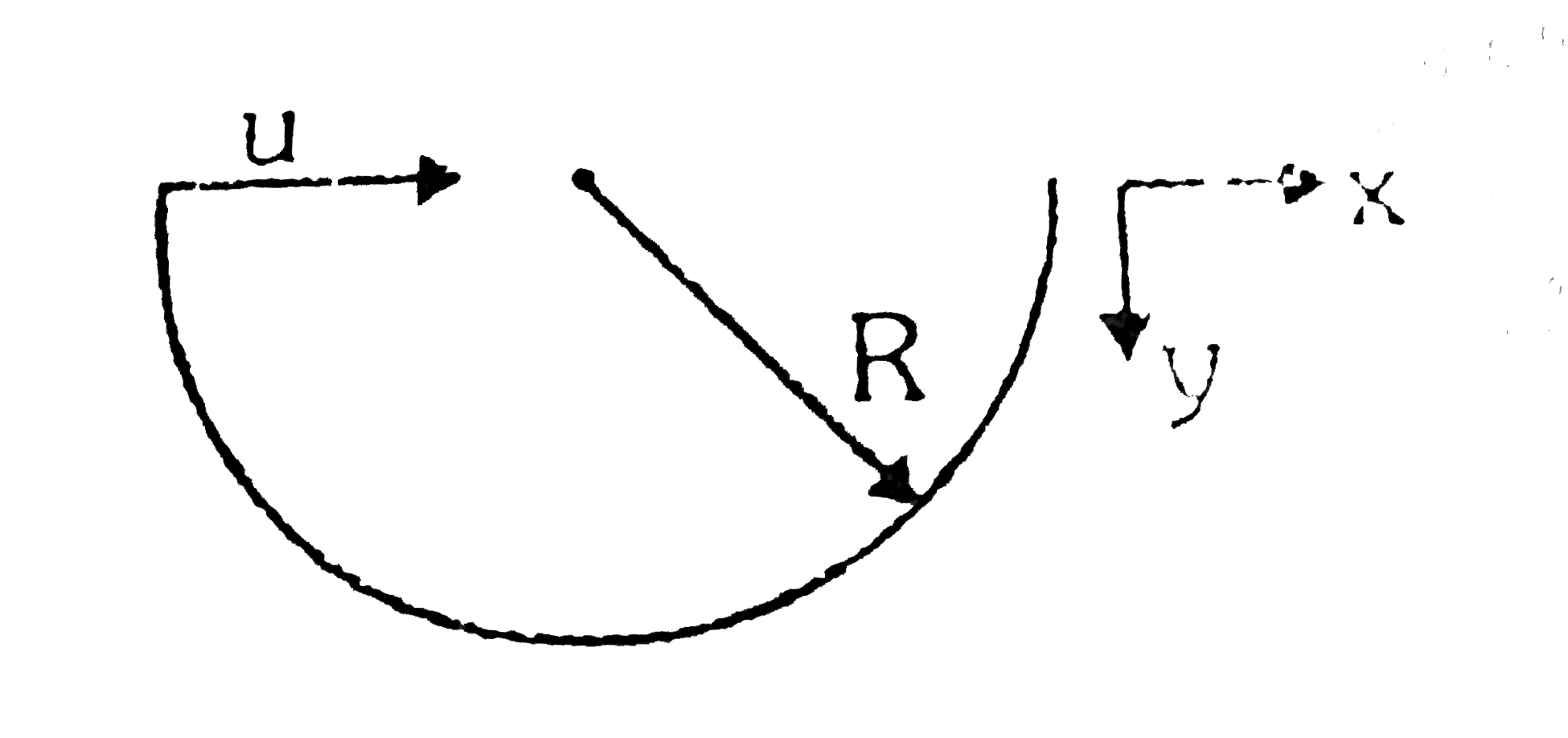Tom spreads some sand particles on a drum-head. He strikes the drum with a hammer. The striking of the drum will cause the sand particles to
cut through the drum-head
get stuck to the drum-head
move to and fro on the drum-head
move up and down on the drum-head
To solve the question about what happens to the sand particles on the drum-head when Tom strikes the drum with a hammer, we can analyze the situation step by step.
1. Understanding the Setup: Tom has spread some sand particles on the surface of a drum-head. When he strikes the drum with a hammer, the drum-head will vibrate.
Hint: Visualize the drum and the sand particles. What happens when you hit a drum?
2. Effect of Striking the Drum: When the drum-head is struck, it vibrates. This vibration is what produces sound. The energy from the strike causes the drum-head to move up and down.
Hint: Think about how sound is produced. What role do vibrations play in this process?
3. Movement of Sand Particles: Due to the vibrations of the drum-head, the sand particles will also respond to these movements. Instead of sticking to the drum-head, they will move up and down along with the vibrations.
Hint: Consider the nature of the sand particles. Are they fixed in place or can they move freely?
4. Conclusion: The correct answer is that the sand particles will move up and down on the drum-head as the drum vibrates. They do not get stuck, nor do they cut through the drum-head.
Hint: Reflect on the motion of the sand particles. Are they moving in a straight line or in a different pattern?
Final Answer:
The striking of the drum will cause the sand particles to move up and down on the drum-head.
The striking of the drum will cause the sand particles to move up and down on the drum-head.
Topper's Solved these Questions
- SOUNDBOOK - BEIITIANSCHAPTER - SOUNDEXERCISE - Summative Worksheet (Choose the correct answer)
2 Videos
- SOUNDBOOK - BEIITIANSCHAPTER - SOUNDEXERCISE - Summative Worksheet (In the following statements, tick .T. against those which are true, and .F. against those which are false)
7 Videos
- SOUNDBOOK - BEIITIANSCHAPTER - SOUNDEXERCISE - Formative Worksheet
19 Videos
- MOTIONBOOK - BEIITIANSCHAPTER - MOTIONEXERCISE - IIT JEE WORKSHEET (MATIRX MATCHING)
1 Videos
- WIND, STROM AND CYCLONESBOOK - BEIITIANSCHAPTER - WIND, STROM AND CYCLONESEXERCISE - IIT JEE Worksheet (II. Multiple Correct Answer Type)
1 Videos
Similar Questions
Sand is not used to make vases because the soil particles are
View SolutionSome washing machines have cloth driers. It contains a drum in which wet clothes are kept. As the drum rotates, the water particles get separated from the cloth. The general description of this action is that the centrifugal force throws the water particles away from the drum. Comment on this statement from the viewpoint of an observer rotating with the drum and the observer who is washing the clothes.
View Solution
Knowledge Check
Assertion Particle-1 is dropped from a tower and particle-2 is projected horizontal from the same tower. Then both the particles reach the ground simultaneously.
Reason Both are particles strike the ground with different speeds.AIf both Asseration and Reason are correct and Reason is the correct explanation of AssertionBIf both Assertion and Reason are correct but Reason is not the correct explanation of AssertionCIf Assertion is true but Reason is falseDIf Assertion is false but Reason is trueA Iong slender rod of mass 2kg and length m is placed on a smooth horizontal table. Two particles of masses 2kg and 1kg strike the rod simultaneously and stick to the rod after collision as shown in fig.

, If the two particles strike the rod in opposite direction, then after collision, as compared to the previous situation the rod willArotate faster but translate at the same rateBshow no change in linear or angular velocityCrotate slower and translate fasterDrotate faster and translate slowerA worker wishes to pile up sand on to a circular area of radius R. No sand is to spill on to the surrounding area. If μs is the coefficient of static friction sand particles, then choose the correct statement (s)
AThe greatest height of sand pile that can be created is μsR.BThe greatest height of sand pile that can be created is R/μsCMinimum work required to create greatest height sand pile is π12μ2sR4ρg. Where ρ is the density of sand volumeDSand pile will be in stable equilibrium
A particle is projected horizontally as shown from the rim of a large hemispherical bowl. The displacement of the particle when it strikes the bowl the first time is R. Find the velocity of the particle at that instant and the time taken.

View SolutionA particle of mass m moving with some velocity on a smooth surface strikes another particle of mass ηm at rest , elasticity head - on. What fraction of incident K.E. is transferred to the particle of mass ηm.
View SolutionA particles of rest mass m0 with kinetic energy T strikes a stationary particle of the same rest mass. Find the rest mass and the velocity of the compound particle formed as a result of the collision.
View SolutionA large wedge BCD, having its inclined surface at an angle θ=45∘ to the horizontal, is travelling horizontally leftwards with uniform velocity u=10m/s

At some instant a particle is projected vertically up with speed V=20m/s from point A on ground lying at some distance right to the lower edge B of the wedge. The particle strikes the incline BC normally, while it was falling. [g=10m/s2]
(a) Find the distance AB at the instant the particle was projected from A.
(b) Find the distance of lower edge B of the wedge from point A at the instant the particle strikes the incline.
(c) Trace the path of the particle in the reference frame attached to the wedge.
View SolutionA man standing in front of a mountain beats a drum at regular intervals. The drumming rate is gradually increased and he finds that echo is not heard distinctly when the rate becomes 40 per minute. He then moves near to the mountain by 90 metres and finds that echo is again not heard distinctly when the drumming rate becomes 60 per minute. Calculate (a) the distance between the mountain and the initial position of the man and (b) the velocity of sound.
View Solution
